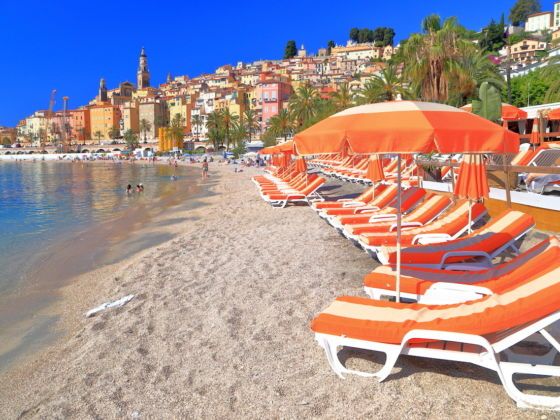Until recently, a summer European holiday sounded like wishful thinking. Now that EU countries are slowly easing restrictions, and appear to be flattening their respective curves, the prospect of a Eurotrip isn’t as grim as it once was. Tourism accounts for almost 10 percent of Europe’s economic output, so understandably, the union is eager to safely introduce travel. According to Paolo Gentiloni, the EU’s economic affairs commissioner, “our message is we will have a tourist season this summer, even if it’s with security measures and limitations.”


The EU Aims for Open Borders by June 15 to Salvage Tourist Season
While no plans have been solidified, countries are expected to work together to gradually remove travel bans and border checks while maintaining necessary health precautions.
Border restrictions are likely to be lifted in phases, with seasonal workers allowed to cross internal Schengen borders first, followed by European holidaymakers, and then international travelers. Each EU country will make its own decision regarding border openings.
This Friday, Austria and Germany will start imposing random checks at border crossings, followed by the return of free movement on June 15. German Chancellor Angela Merkel hopes that the Schengen zone as a whole will follow suit. She told the Bundestag lower house of parliament, “The goal is, if the occurrence of infection allows it — I want to say that again — that from June 15 onwards border controls in the Schengen area can be completely eliminated.”
Air travelers coming into the UK should currently expect to quarantine for 14 days upon arrival, though the country already has a bilateral travel agreement with France and Ireland, removing quarantine mandates for travelers between those countries.
On Friday, Estonia, Latvia, and Lithuania will introduce a “Baltic Bubble,” allowing rail, sea, and air travel between the three countries but imposing a mandatory quarantine for travelers from elsewhere.
Some countries, like Spain and Greece, are already eyeing the return of international travel by July. Spain is planning to keep its borders closed to international travelers until then, and Greece — which has been lauded for its effective containment of the virus — is aiming to open the nation’s border to tourists starting July 1.
For free air travel to resume within the EU, however, the Commission is suggesting several guidelines. Passengers, airline staff, and airport workers will be required to wear masks, and the reorganization of check-in and luggage drop-off areas to avoid large crowds will also be recommended. They’re advising that inflight meals only be available by pre-order, cabin ventilation should be improved, and movement within the plane should be restricted.
Some countries, like Iceland and Greece, have already started issuing free COVID-19 tests at the airport to incoming passengers. These tests must become more prevalent before international travel can fully resume.
Guidelines were also proposed for buses, trains, and ferries, including limiting passenger capacity, using windows for ventilation instead of air conditioning, increasing train frequency to reduce passenger density, and incentivizing off-peak travel.
And even if travel does return to Europe this summer, it won’t exactly look like summer 2019.
Margrethe Vestager, the European Commission’s Vice President, told reporters, “Of course this isn’t going to be a normal summer, but when we all work together … then we don’t have to face a completely lost summer.”
All of this depends on the virus itself. If countries see an uptick in cases as they begin reopening, you can bet that those border openings will get pushed back even further. If the virus appears under control, case numbers decline, and the proper safety measures are in place, we may just get the summer vacation we’ve all been hoping for.